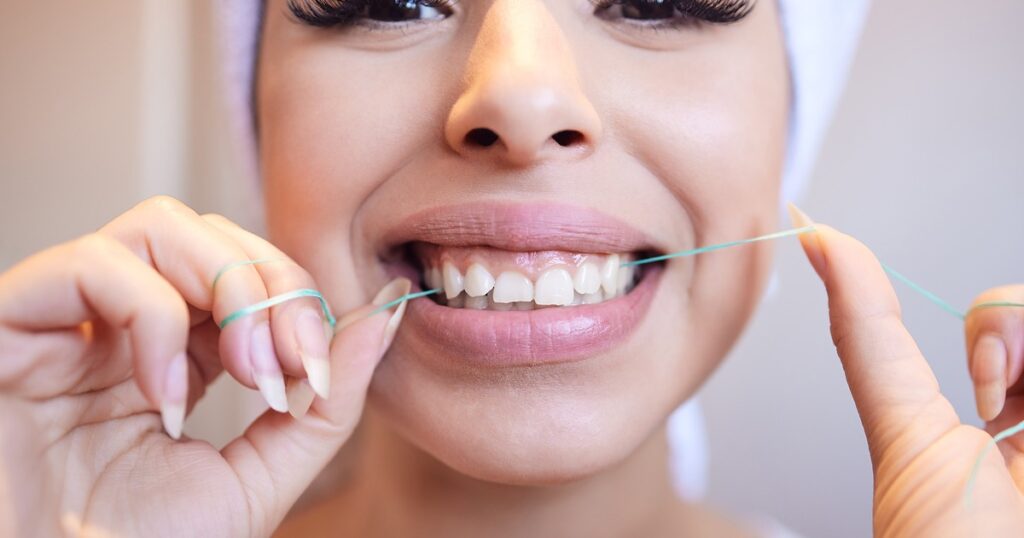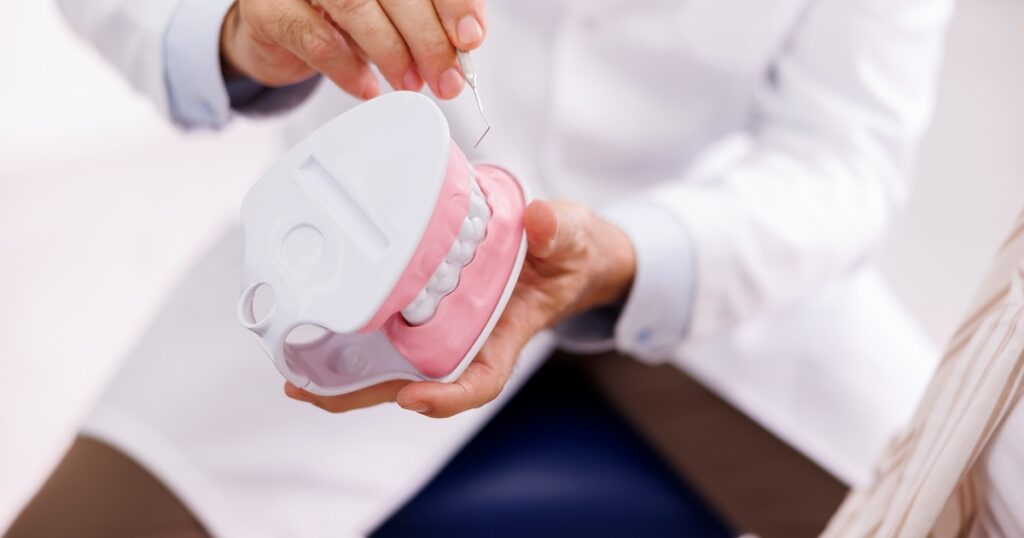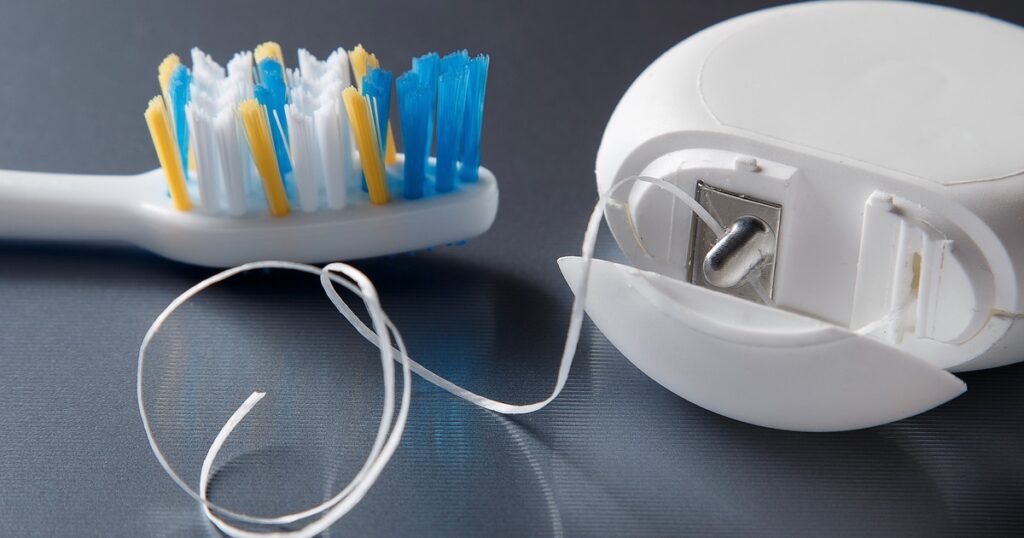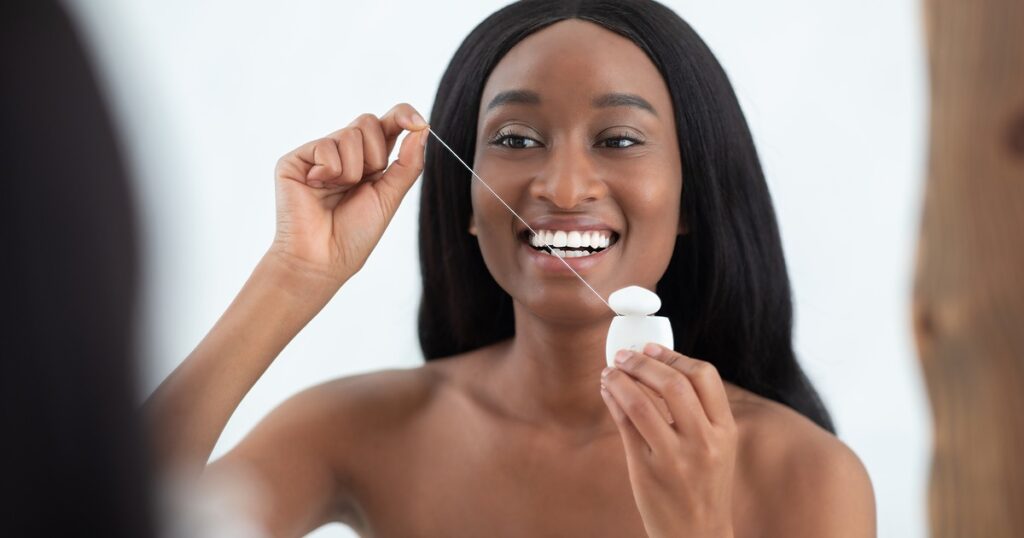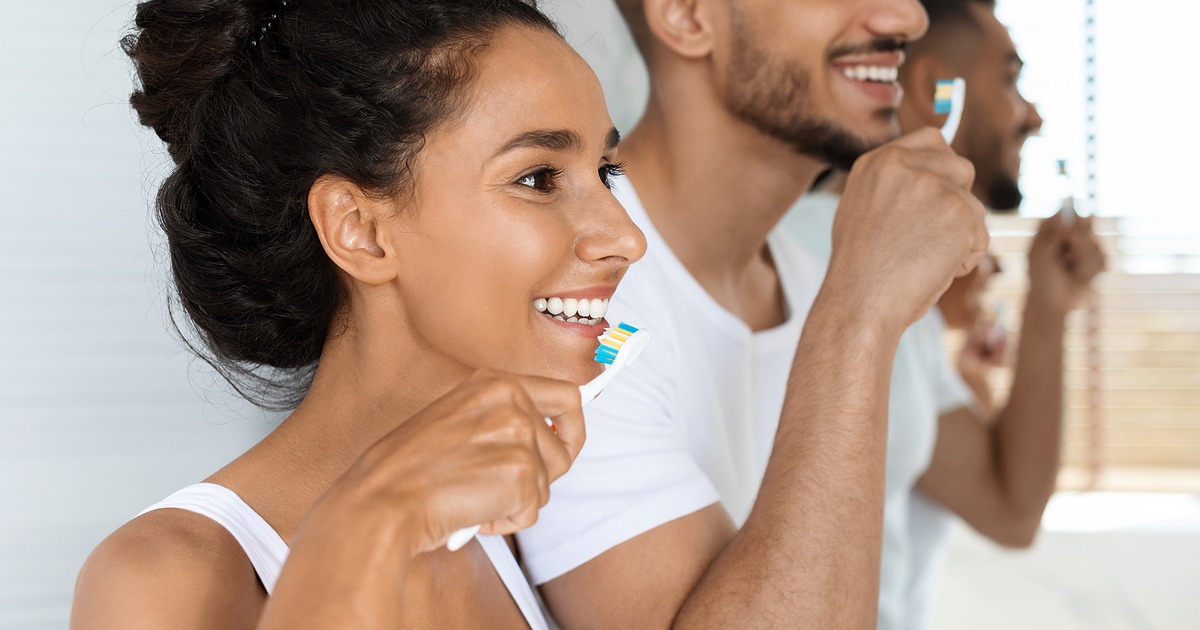Brushing Techniques | Guide to Cleaner, Healthier Teeth
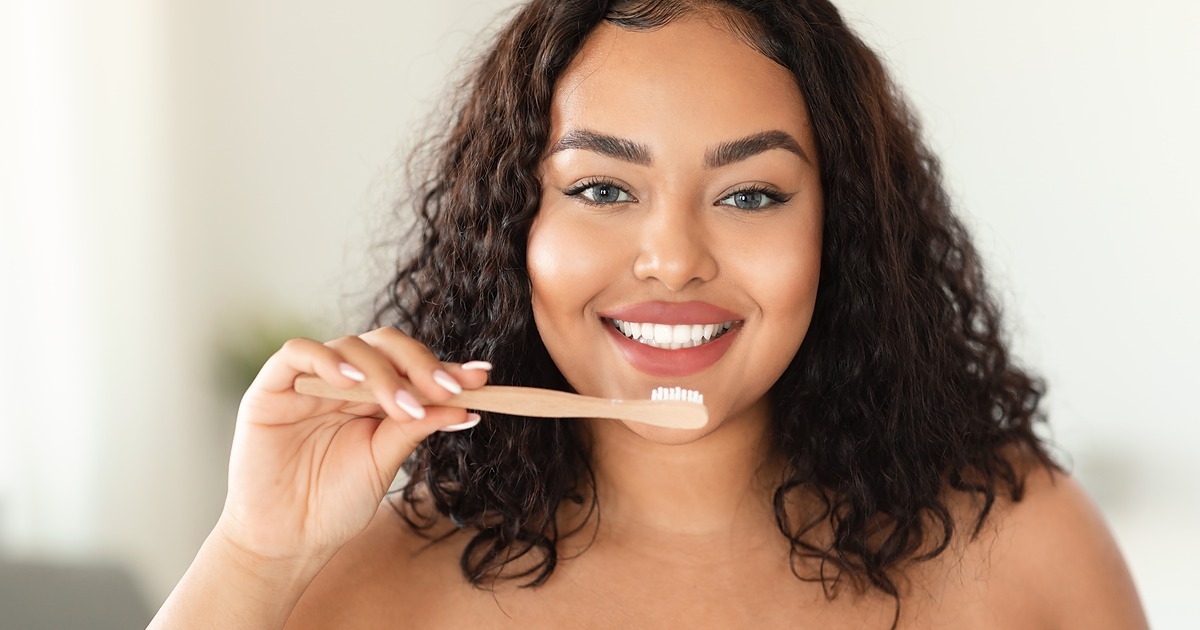
Brushing your teeth might seem simple—you grab a toothbrush, add toothpaste, and scrub away. But the truth is, how you brush matters just as much as how often you do it. Poor brushing techniques can leave behind plaque, weaken enamel, or even damage your gums.
This pillar page is your complete guide to brushing techniques. Whether you want to know the best way to brush, how long to brush, or whether it’s okay to eat after brushing, this page covers everything you need to know.
By the end, you’ll have a clear, step-by-step approach to brushing your teeth the right way, keeping your mouth fresh, your gums healthy, and your smile bright.
Why Brushing Techniques Matter
Brushing twice a day is important, but if you’re brushing too quickly, too hard, or with the wrong technique, you’re not doing your teeth any favors. Poor brushing habits can lead to:
-
Plaque buildup → leading to cavities and tartar.
-
Gum irritation → brushing too hard wears down gums.
-
Enamel damage → scrubbing aggressively can weaken teeth.
-
Bad breath → missed spots allow bacteria to thrive.
Simply changing your brushing technique can dramatically improve your oral health.
How Long Should You Brush Your Teeth?
Most people brush for less than a minute, which is far too short. Dentists recommend brushing for two full minutes, twice a day.
Here’s why:
-
Less than 1 minute = plaque remains on teeth.
-
2 minutes = enough time to clean all surfaces.
-
More than 3 minutes = unnecessary and may irritate gums.
➡️ We cover this in detail in our subpage: How Long Should You Brush Your Teeth?
The Correct Brushing Technique
Brushing is not about scrubbing harder—it’s about brushing smarter. Here’s the ADA-recommended technique:
-
Hold your toothbrush at a 45-degree angle to your gums.
-
Use short, gentle strokes, moving back and forth.
-
Brush the outer surfaces, then the inner surfaces, then the chewing surfaces.
-
Don’t forget your tongue—it harbors bacteria that cause bad breath.
This technique ensures you clean all areas without harming your gums or enamel.
Should You Eat After Brushing?
This is a common question, and the answer depends on timing and food type.
-
Right after brushing: Eating acidic foods (like oranges, soda, or coffee) can erode enamel, since brushing temporarily weakens the enamel surface.
-
Best practice: Wait at least 30 minutes after brushing before eating.
➡️ For a full breakdown, check our subpage: Is It Bad to Eat After Brushing Your Teeth?
The Best Time to Brush
Timing is just as important as technique. Dentists recommend:
-
Morning: After breakfast (but wait 30 minutes if you had acidic foods).
-
Night: Right before bed, to clean away plaque and food debris.
Some people brush three times a day, which is fine as long as you don’t overdo it and damage gums.
Manual vs. Electric Toothbrushes
One of the biggest brushing debates is: should you use an electric toothbrush or a manual one?
-
Manual toothbrush: Affordable, portable, effective if used properly.
-
Electric toothbrush: Provides consistent strokes, removes more plaque, especially helpful for people with braces, arthritis, or poor brushing habits.
➡️ Suggested subpage: Electric vs. Manual Toothbrush: Which is Better?
Toothpaste Choices: Does It Matter?
Not all toothpaste is created equal. Look for:
-
Fluoride toothpaste → strengthens enamel.
-
Whitening toothpaste → polishes surface stains (but can be abrasive).
-
Sensitivity toothpaste → protects exposed dentin.
➡️ Suggested subpage: Best Toothpaste for Different Needs (Whitening, Sensitivity, Enamel Protection).
Common Brushing Mistakes to Avoid
Even if you brush twice a day, these mistakes can reduce effectiveness:
-
Brushing too hard → causes gum recession.
-
Using the wrong toothbrush → bristles should be soft, not hard.
-
Brushing too fast → skipping spots, especially molars.
-
Not replacing your toothbrush → every 3 months, or sooner if bristles fray.
-
Forgetting your tongue → bacteria here cause bad breath.
Brushing with Braces
If you have braces, brushing becomes trickier. Food and plaque can get stuck around brackets and wires.
Tips for brushing with braces:
-
Use an orthodontic toothbrush or electric brush.
-
Brush at a 45-degree angle above and below brackets.
-
Consider a water flosser for extra cleaning.
➡️ Suggested subpage: How to Brush Teeth with Braces.
Brushing for Children
Getting kids into a brushing routine is essential. Children should start brushing with supervision as soon as teeth appear.
Tips for kids’ brushing:
-
Use a pea-sized amount of fluoride toothpaste after age 3.
-
Let them choose fun toothbrushes.
-
Turn brushing into a 2-minute game or song.
➡️ Suggested subpage: Brushing Techniques for Children.
Brushing for Seniors
As we age, gums recede and teeth become more sensitive. Seniors may also have dentures, implants, or bridges that require special care.
Tips for seniors:
-
Use a soft-bristle toothbrush.
-
Pay attention to gum lines.
-
Clean dentures separately.
➡️ Suggested subpage: Brushing Tips for Seniors.
Should You Brush Before or After Breakfast?
This is another common debate.
-
Before breakfast: Removes overnight plaque, protects teeth before eating.
-
After breakfast: Cleans food debris, but only safe if you wait 30 minutes after acidic foods.
Most dentists say: brush before breakfast, or if after, wait at least half an hour.
➡️ Suggested subpage: Brush Before or After Breakfast? The Best Practice Explained.
How Often Should You Replace Your Toothbrush?
Dentists recommend replacing your toothbrush every 3–4 months, or sooner if:
-
Bristles are frayed.
-
You’ve been sick.
-
It looks worn down.
Old toothbrushes don’t clean effectively and can harbor bacteria.
➡️ Suggested subpage: How Often Should You Replace Your Toothbrush?
Brushing and Gum Health
Brushing properly not only protects your teeth but also strengthens your gums. Neglecting gum-line brushing can lead to bleeding gums or gingivitis.
Tip: Always tilt your brush at a 45-degree angle to the gums.
➡️ Suggested subpage: Best Brushing Techniques for Gum Health.
Brushing at Night: Why It’s Non-Negotiable
Brushing at night is the most important session of the day. During sleep, your mouth produces less saliva, which means bacteria grow faster. Brushing before bed removes food debris and plaque, reducing the risk of cavities and morning bad breath.
➡️ Suggested subpage: Why Brushing at Night is the Most Important Habit.
Conclusion
Brushing your teeth is more than just a daily habit—it’s the foundation of a healthy smile. By using the right techniques, brushing for the right amount of time, and avoiding common mistakes, you’ll protect your teeth, gums, and overall oral health for years to come.
Whether you’re wondering how long to brush, if it’s okay to eat after brushing, or whether manual or electric toothbrushes are better, the answers all point to one thing: consistency and technique are key.
Explore More
Here are some detailed guides (existing and future subpages) to dive deeper into brushing techniques:
-
Electric vs. Manual Toothbrush: Which is Better?
-
How to Brush Teeth with Braces
-
Brushing Techniques for Children
-
Brushing Tips for Seniors
-
Brush Before or After Breakfast?
-
Best Toothpaste for Different Needs
-
How Often Should You Replace Your Toothbrush?
-
Why Brushing at Night is the Most Important Habit



